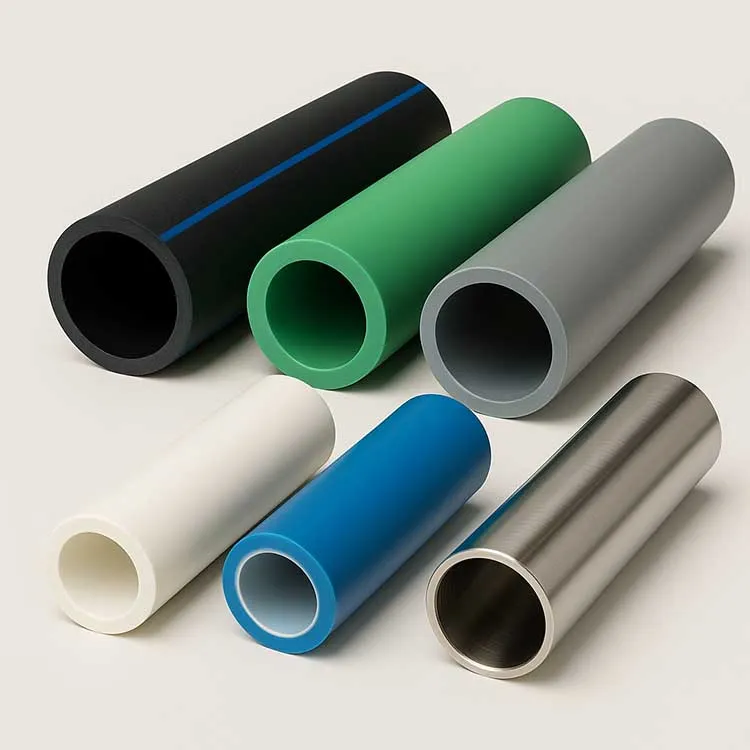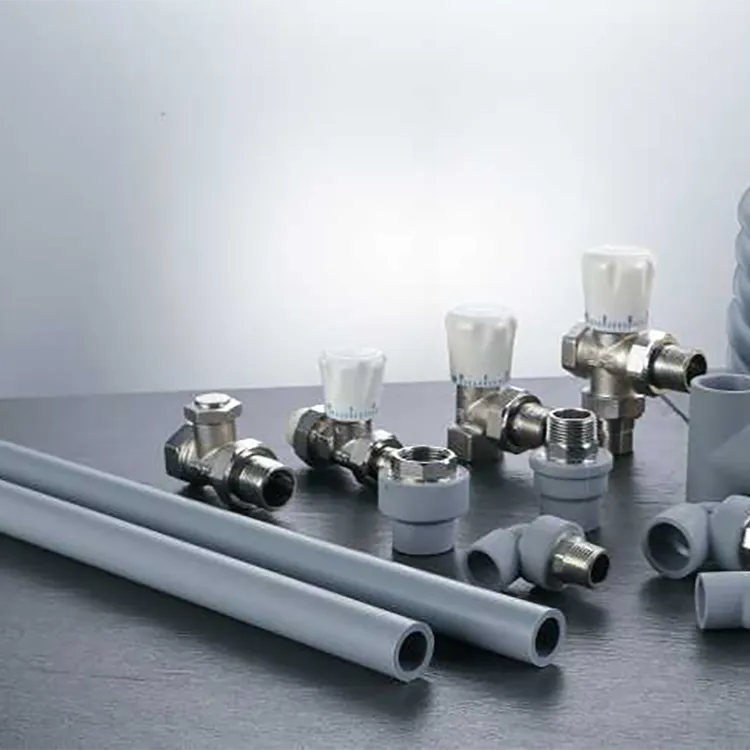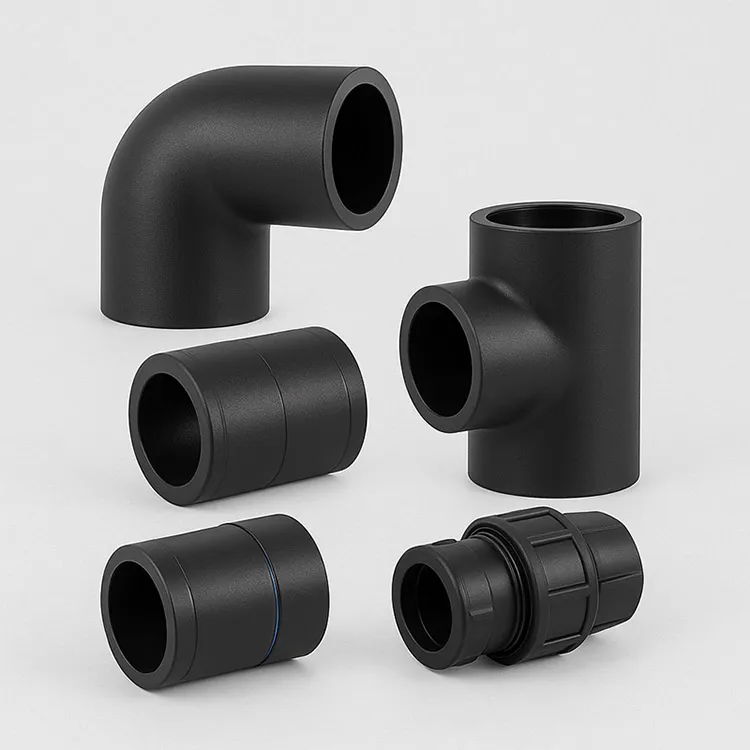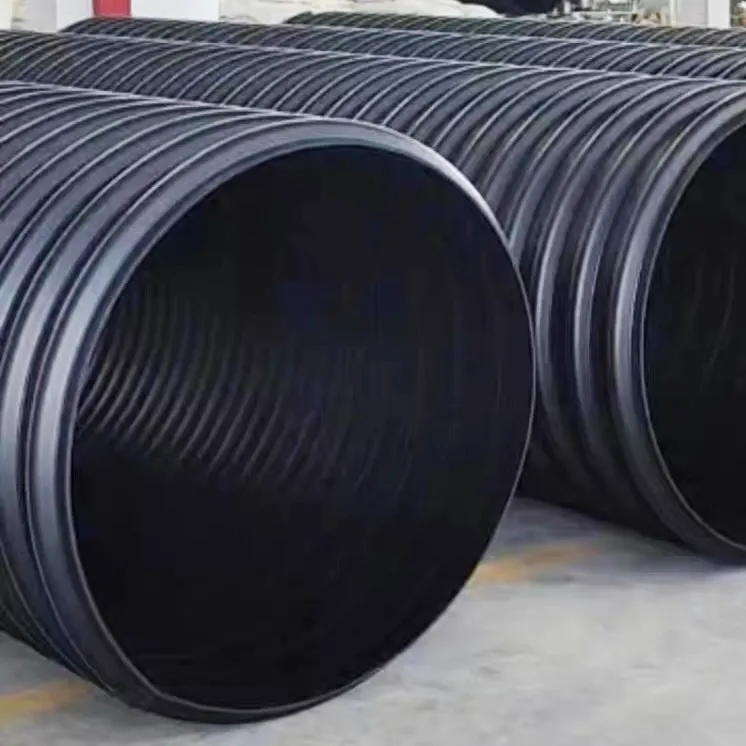Size and Capacity
The 250-gallon capacity of the polyethylene septic tank is suitable for smaller households, typically accommodating the wastewater generated by a single-family home. It provides an adequate volume to handle everyday water usage, bathroom flushing, laundry, and kitchen wastewater.
The 250-gallon capacity of a PE septic tank is designed to meet the wastewater needs of smaller households, typically consisting of a single-family home. Let's explore in more detail how this capacity can effectively handle the various wastewater sources found in a residential setting.
Everyday Water Usage
The water used for daily activities such as cooking, drinking, cleaning, and personal hygiene adds up over time. The 250-gallon septic tank can handle the wastewater generated from these routine water usages without quickly reaching its capacity.
Bathroom Flushing
Flushing toilets is one of the significant contributors to wastewater in a household. The 250-gallon capacity provides sufficient space to accommodate the wastewater from regular toilet flushing, ensuring effective containment and treatment.
Laundry Wastewater
Washing machines contribute to the overall wastewater production in a home. With a 250-gallon septic tank, you can comfortably handle the wastewater generated by a typical laundry cycle without overwhelming the system.
Kitchen Wastewater
Cooking, dishwashing, and food preparation activities generate wastewater that must be managed by the septic tank. The 250-gallon capacity ensures there is enough volume to adequately handle the kitchen wastewater, preventing overflow or backups.
It's important to note that the actual wastewater production may vary based on the household's water usage habits, the number of occupants, and the specific fixtures and appliances used. However, for an average-sized single-family home, the 250-gallon polyethylene septic tank offers a suitable capacity to manage everyday water usage, bathroom flushing, laundry, and kitchen wastewater effectively.
Regular maintenance and proper septic system management, including periodic pump-outs, are essential to ensure the septic tank operates optimally and does not exceed its capacity. It is always advisable to consult with professionals, such as septic system installers or local authorities, to determine the appropriate septic tank size based on your specific household needs and local regulations.
Durability
Polyethylene is known for its excellent durability and resistance to corrosion, cracks, and leaks. These properties make it a reliable choice for septic tank construction. The polyethylene septic tank can withstand harsh underground conditions, ensuring long-term performance and minimizing the risk of structural failures.
Polyethylene's durability and resistance to various forms of damage make it an excellent material for septic tank construction. Here are more details on how these properties contribute to the reliability and long-term performance of polyethylene septic tanks.
Corrosion Resistance
Polyethylene is highly resistant to corrosion caused by chemicals present in wastewater, such as acids and alkalis. Unlike metal tanks that can corrode over time, polyethylene septic tanks are not susceptible to rust or corrosion. This resistance ensures the structural integrity of the tank and extends its lifespan.
Crack and Leak Resistance
Polyethylene has a high level of toughness and flexibility, making it less prone to cracking or developing leaks under normal operating conditions. It can withstand the stresses caused by ground movements or external forces, reducing the risk of structural failures and the associated environmental and health hazards.
Impact Resistance
Polyethylene septic tanks exhibit excellent impact resistance, which means they can withstand accidental impacts during installation, maintenance, or even occasional ground movements without significant damage. This property ensures the tank's structural integrity and minimizes the risk of premature failure due to external forces.
Groundwater Protection
The ability of polyethylene septic tanks to resist cracks and leaks is crucial for protecting groundwater from contamination. A properly installed and maintained polyethylene septic tank creates a watertight barrier, preventing the escape of untreated wastewater into the surrounding soil and groundwater.
Chemical Stability
Polyethylene is chemically stable and does not react with or degrade in the presence of most household chemicals and wastewater components. This stability ensures that the tank's material remains intact and does not deteriorate over time due to exposure to wastewater or chemical substances commonly found in residential settings.
UV Resistance
Some polyethylene septic tanks are manufactured with UV stabilizers, providing additional protection against the damaging effects of sunlight exposure. This UV resistance prevents degradation and discoloration of the tank when exposed to outdoor conditions, enhancing its durability and aesthetic appeal.
By leveraging the exceptional durability and resistance properties of polyethylene, septic tanks constructed from this material can withstand harsh underground conditions, resist corrosion, cracks, and leaks, and deliver reliable performance over the long term. Regular maintenance and adherence to installation guidelines further enhance the longevity and effectiveness of polyethylene septic tanks.
Lightweight and Easy Installation
Polyethylene septic tanks are lightweight, making them easier to transport and install compared to other materials such as concrete. The reduced weight simplifies the installation process and may require fewer labor resources. Additionally, the tanks are designed with built-in lifting points or handles for easier maneuverability during installation or maintenance.
Chemical Resistance
Polyethylene is highly resistant to chemical degradation, making it suitable for handling various wastewater compositions commonly found in residential homes. It can withstand the corrosive effects of household cleaning agents, detergents, and other common chemicals found in wastewater.
Watertight Construction
Polyethylene septic tanks are manufactured using a seamless and watertight construction method, ensuring there are no joints or weak points that could lead to leakage or groundwater contamination. This design feature enhances the overall performance and reliability of the septic system.
Maintenance and Cleaning
Polyethylene septic tanks are relatively easy to maintain and clean. They can be accessed through inspection ports or lids, allowing for routine inspections, pump-outs, and maintenance activities. Regular maintenance, including sludge removal and system checks, helps ensure the longevity and proper functioning of the septic tank.
Cost-effectiveness Polyethylene septic tanks are often more cost-effective compared to other materials. The lower material and installation costs, combined with reduced maintenance requirements, contribute to their affordability for single-family homeowners.
Conclusion
A 250-gallon polyethylene septic tank offers an ideal solution for single-family homes. Its size, durability, chemical resistance, and ease of installation and maintenance make it a practical choice for effectively managing wastewater. However, it is essential to comply with local regulations and consult septic system professionals to ensure proper sizing, installation, and adherence to any specific guidelines or requirements in your area.



981.webp)

 (1)379.webp)

294.webp)
476.webp)
420.webp)
146.webp)
460.webp)
287.webp)
274.webp)
688.webp)


